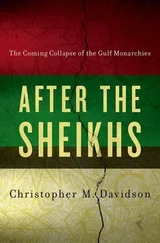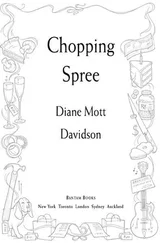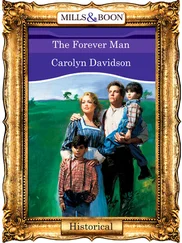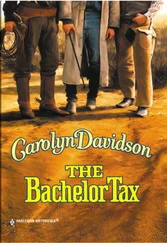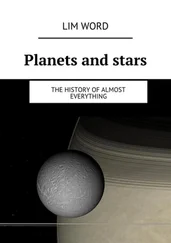‘I grew up, and I was bah mitzvahed , but we didn’t talk Hebrew. We never thought of talking Hebrew, it was the language of the Temple, it was something we had to learn. Whereas Yiddish, I would hear my grandparents and my parents talk Yiddish. But they didn’t want me to hear. Zug gornisht! — it means “Don’t say anything” — the kid is listening. And we would try and translate what they were saying.’
So Yiddish was the language of emotion and sex and failure and hilarity, whereas Hebrew was the language of seriousness and ceremony and solemnity.
Stewie sums it up: ‘Hebrew comes from the vocal chords, and Yiddish comes from the heart.’
Esperanto: Language and Utopia
All languages are, of course, invented. They are the product of the human mind and our boundless creativity and desire to communicate. But usually they evolve more organically than modern Hebrew, and often with remarkable alacrity, which is especially true with patois, creoles and slang. But there is a whole raft of entirely invented languages. Many have an idealistic basis, and from the seventeenth century on, when Latin began to lose its place as the lingua franca of intellectual writing, there was a stream of attempts at creating more rational and logical languages that would not only be universal but also better able to describe the burgeoning advancements in science.
John Wilkins, inventor, scientist and founder of the Royal Society, spent ten years trying to create the perfect language, free of ambiguity and so precise it could be used to describe these truths. In 1668, he presented his work, An Essay Towards a Real Character and a Philosophical Language , to the Royal Society. Hooke, Newton, Locke and Leibniz all read it with interest, and there was heated debate in the coffee houses of London as to the degree to which language got in the way of understanding objects and whether Wilkins’ method, where the word tells you exactly what it signifies rather than being an arbitrary sign, was really an improvement. What his language did prove was that it was possible to create a perfectly sound, logical language from scratch. The entire universe was divided into categories, and everything belonged to one of these by ever more detailed description. So ‘shit’ becomes cepuhws — ‘a serous and watery purgative motion from the gross parts of the guts downward’ — a word that is created from four different categories expressing ‘motion’, ‘purgation’, ‘gross’ and ‘of vomiting’. You can see why it never caught on. Languages by their very nature are messy and fluid. His analytical methodology, however, did lay the foundations for the thesaurus and later for taxonomy, the science of classifying things.
Since Wilkins’ magnificent failure there have been countless attempts to invent the perfect language. The nineteenth century offers a cornucopia of new languages, but most of them, rather than reinventing the wheel, sensibly used existing languages as bases. Pirro’s Universalglot, Schleyer’s Volapuk and then the most famous and successful of them all, Esperanto, all took elements of European languages as their source.
Esperanto was the creation and life’s passion of a nineteenth-century Russian-Jewish ophthalmologist called Ludovic Lazarus Zamenhof. He was born in 1859 in the city of Bialystock, which is now in Poland but was then part of the Russian Empire. It was a multilingual, multicultural city made up predominantly of Jews, with Polish, Russian, German and Belarussian minorities. Zamenhof grew up speaking Russian, Yiddish, Polish and German, deeply secure in the culture and history of his Jewishness, while living cheek-by-jowl with the competing languages and nationalisms of his neighbours.
From an early age he was fascinated by the possibilities of a completely new language which would break down national and cultural barriers and foster understanding and peace. It would be a new lingua franca with none of the colonial baggage of English or French or Russian because it would be neutral and borderless, and it would be simple enough to learn in far less time than any other foreign language.
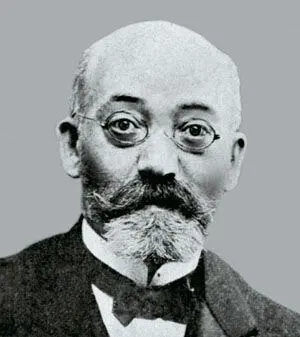
Ludovic Zamenhof, inventor of Esperanto
Throughout his time at school and university, Ludovic pursued his dream of creating this new, unifying language. ‘I was taught,’ he wrote, ‘that all men were brothers, and, meanwhile, in the street, in the square, everything at every step made me feel that men did not exist, only Russians, Poles, Germans, Jews and so on.’ His father was not impressed. He spoke to the headmaster at school about Ludovic’s ideas and was told that that his son was lost for ever, and that his work was the surest symptom of the onset of an incurable madness.
Zamenhof studied medicine but lasted only a few months as a GP. He didn’t like it and decided to specialize in ophthalmology instead. By the time he set up business in Warsaw in 1887 he had married Clara Zilbernik, the daughter of a rich soap manufacturer, who brought a dowry of 10,000 rubles with her. This was supposed to support the family, but instead Ludovic asked his father-in-law if he could invest half of it in the dream which still drove him: the promotion of his new international language. With the money he published his first booklet in 1887, a basic grammar of Esperanto, in Russian. He used the pseudonym Doktoro Esperanto (Doctor Hopeful), and the book was so successful that Polish, French and German versions came out before the end of the year. Esperanto was officially born.
Zamenhof’s utopian vision was of Esperanto as a new, neutral, non-imperialist world language which would overcome national enmities and inequalities. His first problem was that, if he wanted it to be a language which belonged to no one nation or ethnic group, what could he base it on? He himself spoke or knew Russian, German, Hebrew, Polish, Latin and Greek, but it would be hugely complicated to try to combine the grammatical rules and vocabularies of multiple languages. When he learned English at secondary school, he liked how simple the grammar was, so he started stripping away irregular verbs, exceptions and superfluous and little-used word forms from his language planning.
Then he turned to the vocabulary. First of all he tried to construct a logical system of words based on a, ab, ac, ad … ba, ca, da … aba, aca, ada … in which each element had a specific meaning. But he soon realized this was far too complex and almost impossible to memorize, so in the end he went to the Romance and Germanic languages, and tried to select the most internationally recognizable words. However, he was still swamped in massive vocabularies, so he decided on a system of root words plus affixes. In other words he could add invariable suffixes and/or prefixes to create words in the same semantic field without the necessity to learn each one separately. For example, the root-word vend (= related to selling) allows the formation of words like vendi (to sell), vendejo (store, shop), vendisto (salesperson, salesman), vendistino (salesperson, saleslady), vendaĵo (item for sale).
Based on the three principles of an international vocabulary, a regular grammar and word formation using affixes, Esperanto is a bit of a rag bag. Many root words look familiar to Europeans, while the diacritics give it a strange, exotic twist. For example: ‘good morning’ is bonan matenon , which seems pretty straightforward. But ‘what is your name?’ is kiel vi nomiĝas? ‘Do you speak Esperanto?’ is ĉu vi parolas Esperanton? And kiom da blankaj birdoj flugas en la ĉielo? means ‘how many white birds are flying in the sky?’ The word order is straightforward and noun and verb endings simple and consistent.
Читать дальше


